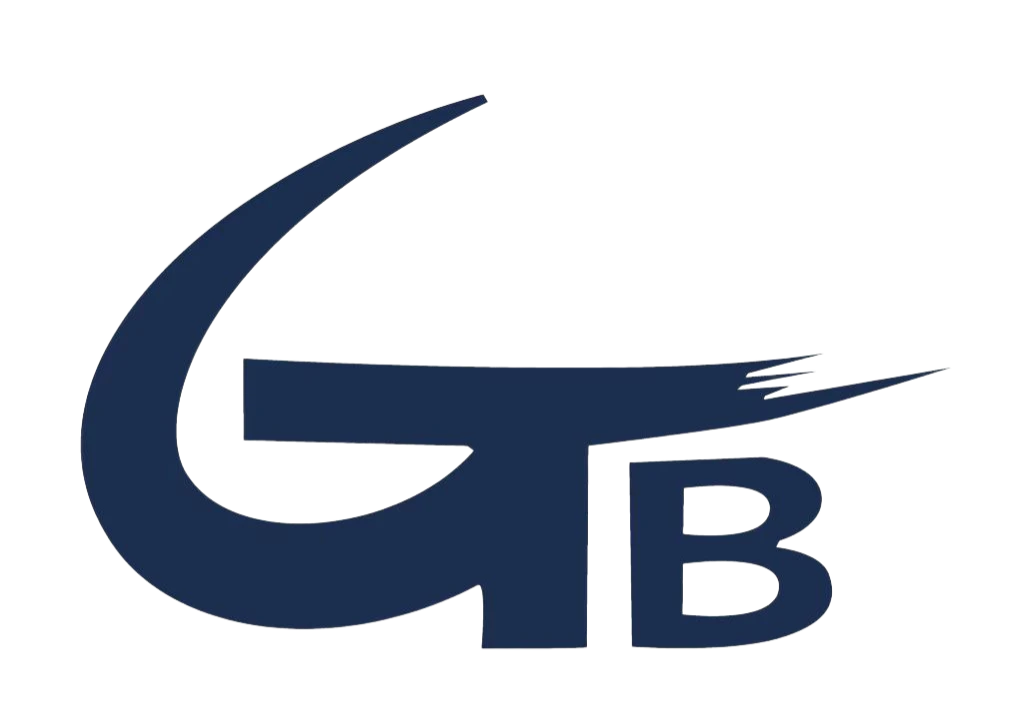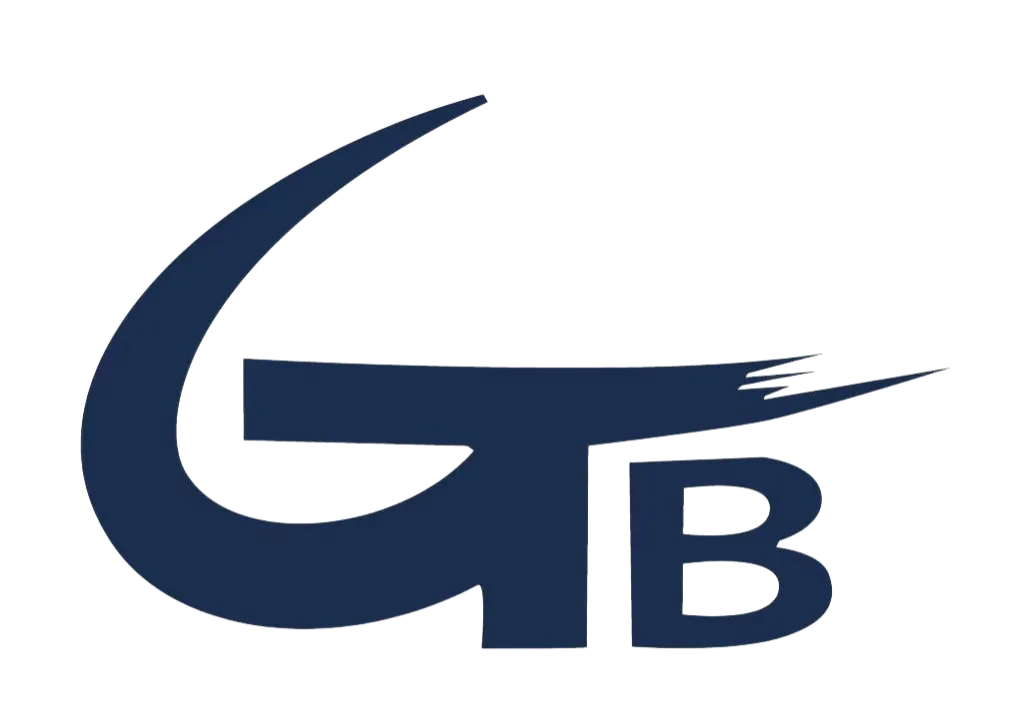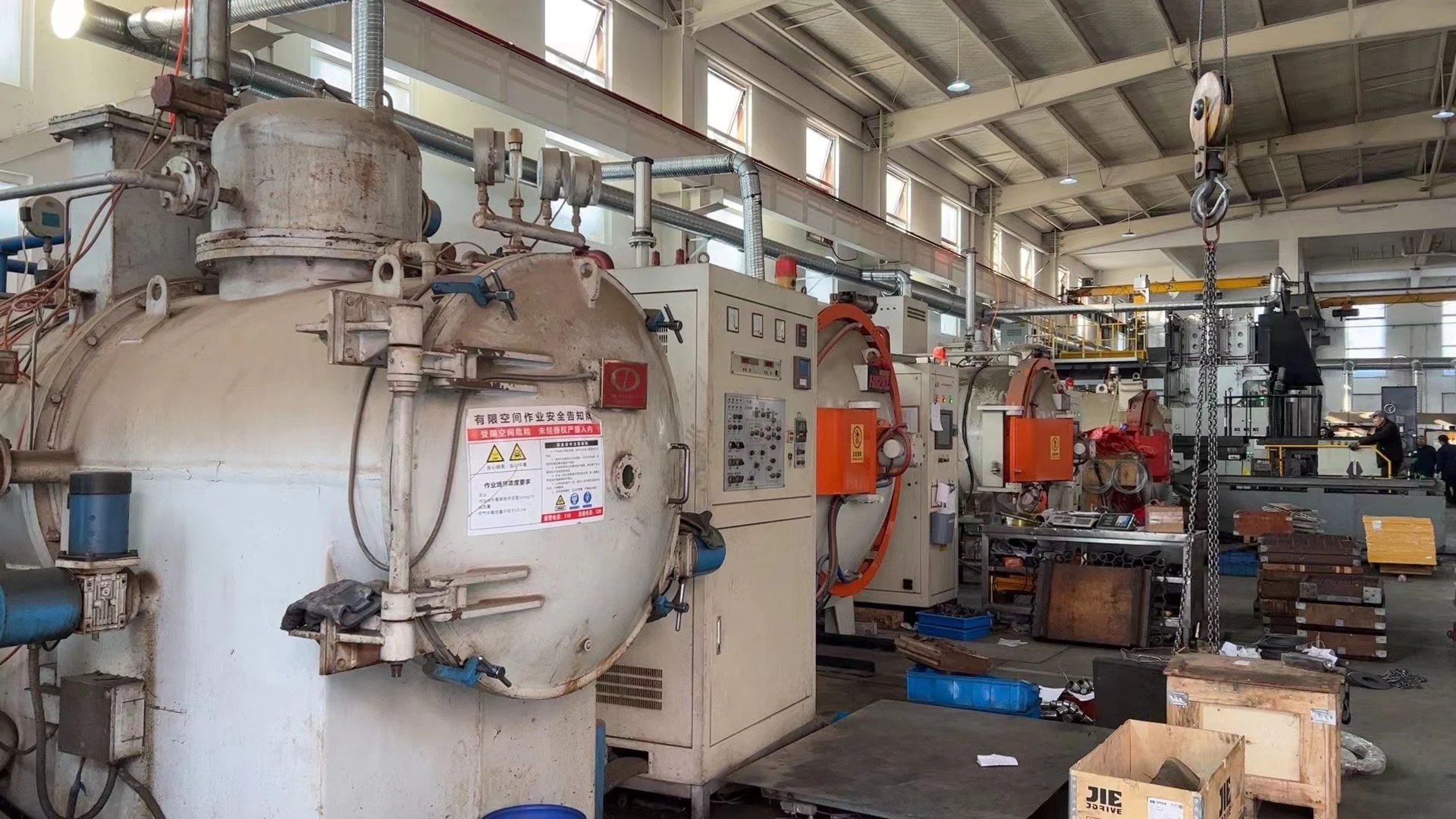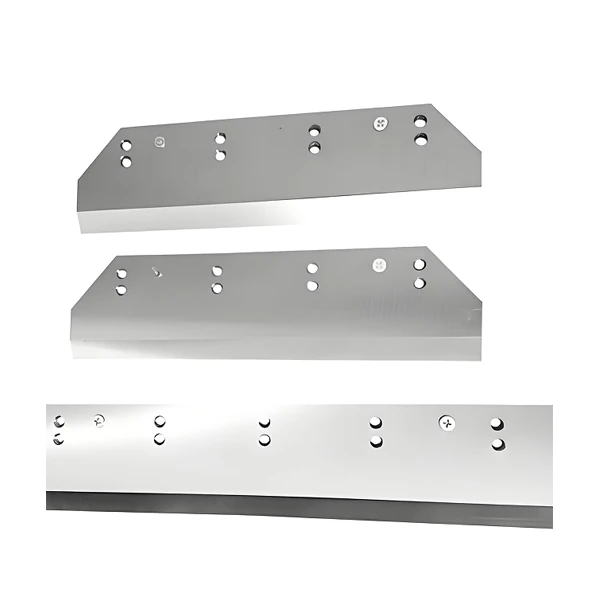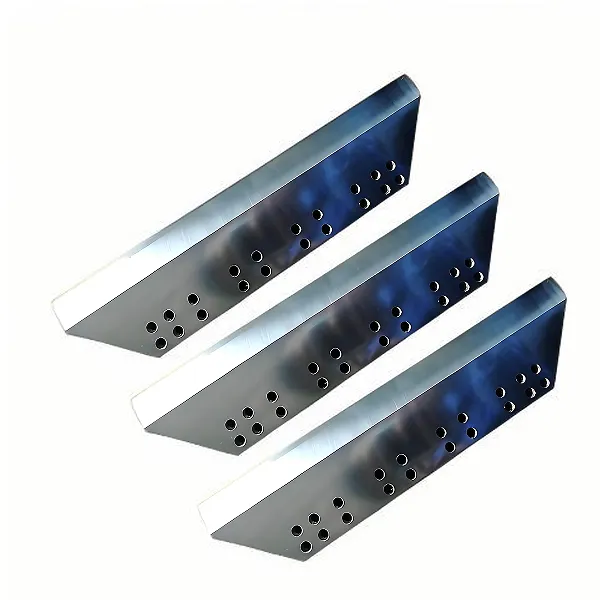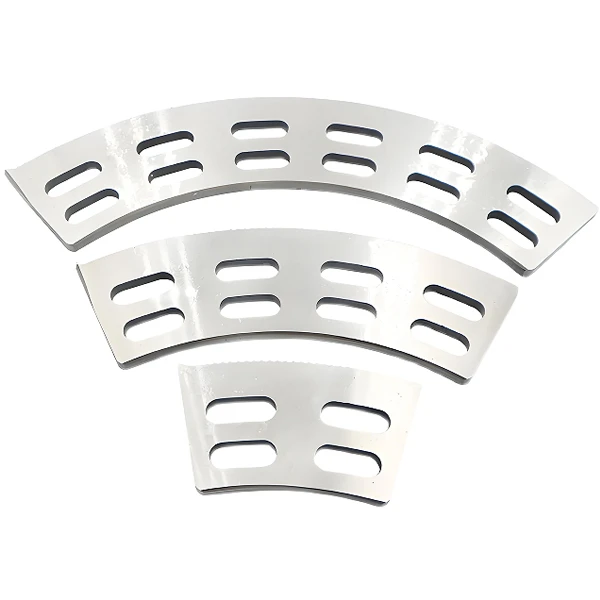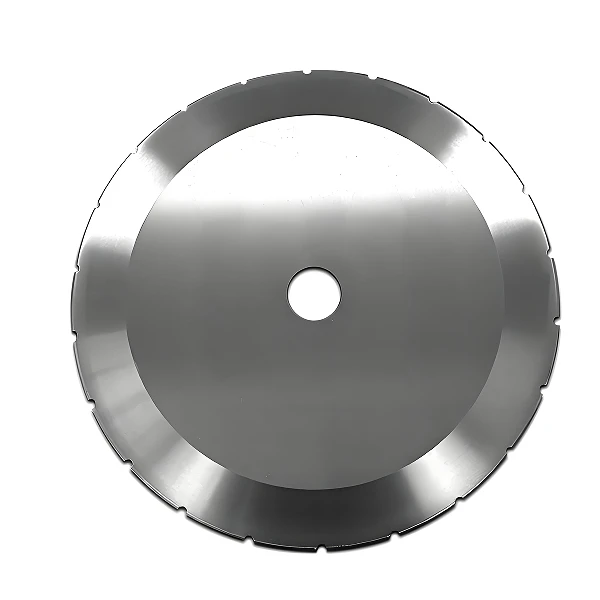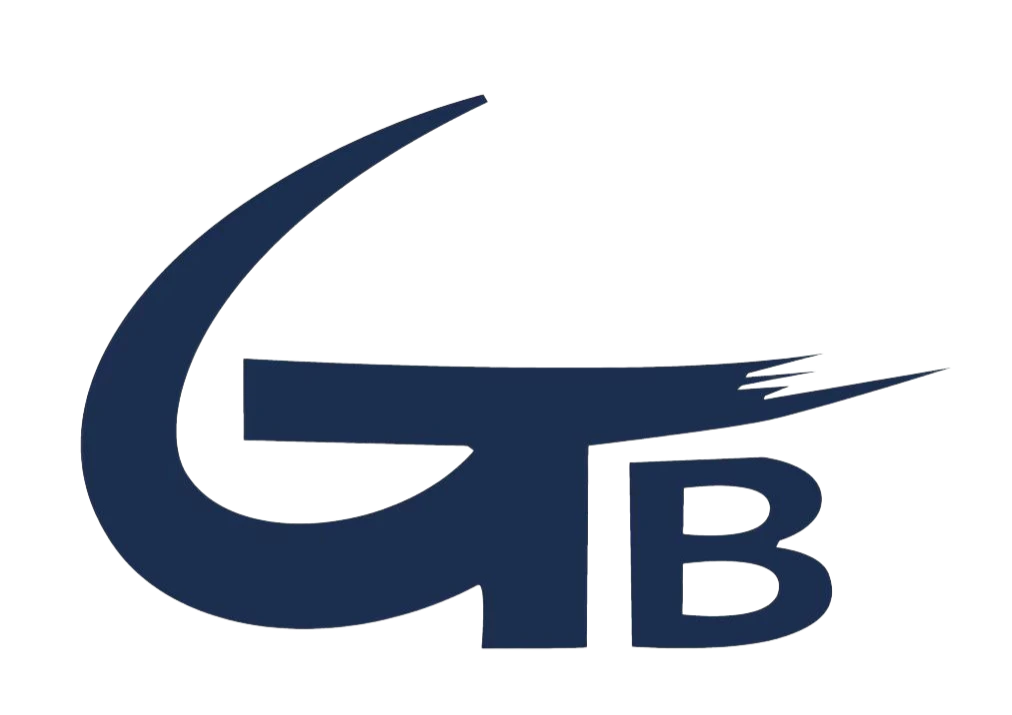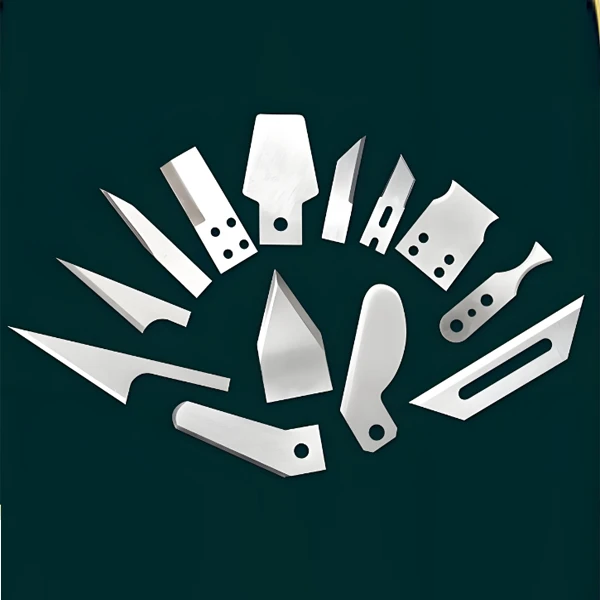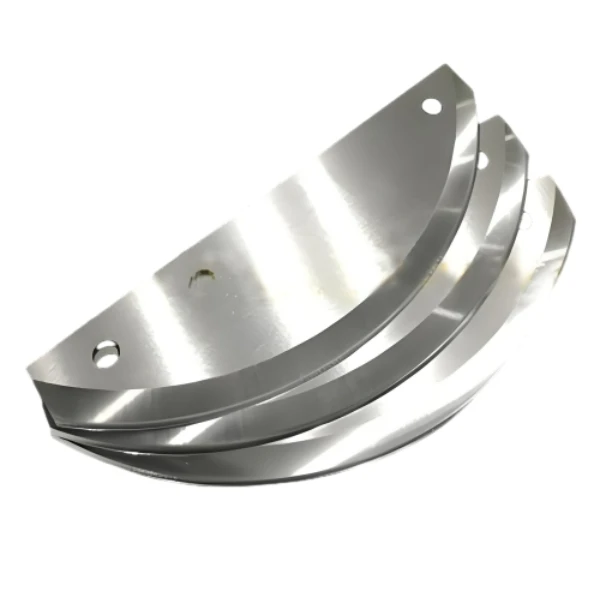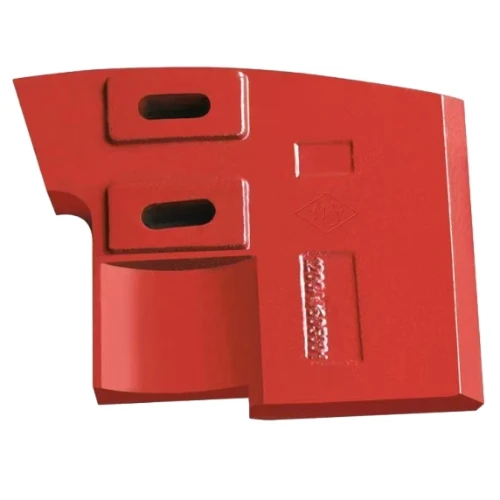- Tel: +86 15003285235
- Email: lena@industrialblades.cc
- Afrikaans
- Albanian
- Amharic
- Arabic
- Armenian
- Azerbaijani
- Basque
- Belarusian
- Bengali
- Bosnian
- Bulgarian
- Catalan
- Cebuano
- Corsican
- Croatian
- Czech
- Danish
- Dutch
- English
- Esperanto
- Estonian
- Finnish
- French
- Frisian
- Galician
- Georgian
- German
- Greek
- Gujarati
- Haitian Creole
- hausa
- hawaiian
- Hebrew
- Hindi
- Miao
- Hungarian
- Icelandic
- igbo
- Indonesian
- irish
- Italian
- Japanese
- Javanese
- Kannada
- kazakh
- Khmer
- Rwandese
- Korean
- Kurdish
- Kyrgyz
- Lao
- Latin
- Latvian
- Lithuanian
- Luxembourgish
- Macedonian
- Malgashi
- Malay
- Malayalam
- Maltese
- Maori
- Marathi
- Mongolian
- Myanmar
- Nepali
- Norwegian
Die-Cutting Tool For Paper Industry
1.Carton and packaging molding: The flat cutting process uses a flat blade (blade angle 15-20) to cut packaging cartons and gift boxes in batches, which is suitable for high-speed production lines, and the output per day can reach more than 50,000 pieces.
2.Label and sticker production: Laser die-cutting technology (cutting accuracy ±0.05mm) is used for precise cutting of special-shaped labels and self-adhesive stickers, and is suitable for medical labels, logistics labels and other scenes.
3.Decoration of greeting cards and books and periodicals: the circular knife die-cutting machine realizes simultaneous processing of stamping, indentation, hollowing and other processes through the combination of blades, which enhances the artistic expression of Wenchuang products.
4.The protective film of mobile phone/flat screen is cut by laser die-cutting technology (non-contact cutting) to achieve 0.1mm ultra-thin cutting to avoid material edge burr.
5.The digital camera label paper, battery compartment cushion and other components are die-cut with multi-layer composite paper to meet the requirements of high-precision electronic component fixing.
6.Anti-counterfeiting labels and RFID electronic labels are integrated with chip embedding and paper-based cutting through numerical control die-cutting technology, which is suitable for the field of intelligent packaging.
7.Release paper (such as adhesive tape backing paper) is cut with anti-sticking coated blade to avoid material adhesion and adapt to adhesive products industry.
8.Corrugated paper boxes and heavy cardboard are die-cut with serrated blades (cutting force ≥500N), which improves the processing efficiency of hard materials, and the burr rate is ≤0.3%.
9.The composite film (such as paper-plastic composite material) can be separated synchronously from the paper layer and the plastic layer by circular knife cutting, and the purity is ≥95%.
|
Material Classification |
Characteristic |
Application |
|
Alloy Tool Steel (Such as 9crsi) |
Hardness HRC58-60, moderate wear resistance, suitable for die-cutting of ordinary corrugated paper and low weight cardboard |
Low speed scenarios such as die-cutting of office documents and slotting of cardboard boxes |
|
Cold Work Die Steel (Cr12mov/Skd-11) |
Hardness HRC61-63, strong impact resistance, suitable for die-cutting of high gram laminated film paper and multi-layer corrugated cardboard |
Advantage: The service life is 3-5 times longer than that of ordinary alloy steel |
|
Hard Alloy (Tungsten Carbide) |
Hardness HRA89-93, excellent wear resistance, suitable for high-speed die-cutting (≥ 100 meters/minute) and metal foil composite paper processing |
Precision electronic product packaging, new energy battery separator slitting |
|
Type |
Core Parameters |
Adaptation Scenario |
Source |
|
Straight Line Knife |
Vertical blade pattern, high-precision grinding of blade edge |
Film coated cardboard and anti-counterfeiting label die-cutting to reduce burrs |
Prioritize the selection of hard alloy materials |
|
Horizontal Knife |
Blade horizontal pattern, high compressive strength |
Die cut ordinary cardboard and corrugated paper to enhance durability |
Suitable for low-speed production lines |
|
Slotting Knife |
Thickness 1.2-1.5mm, blade angle 22-23 ° |
Slotting cardboard boxes and trimming multi-layer corrugated paper edges |
Material selection: SKD-11 or Cr12MoV |
|
Circular Slitting Knife |
Diameter 100-600mm, thickness 0.5-1.8mm |
High speed slitting of roll paper and film composite paper |
Need to be used in conjunction with precision bearings |
1.Film coated/glossy paper: Hard alloy straight line knife to avoid delamination and burrs;
2.Corrugated paper/cardboard box: Cr12MoV slotting knife, impact resistant and long-lasting.
3.High speed production line (≥ 500 sheets/minute): Hard alloy round blades or coated blades, reducing downtime for maintenance;
4.Small and medium-sized production: 9CrSi horizontal blade, with high cost-effectiveness.
Anti sticking requirement: The blade surface is treated with titanium plating to reduce paper debris residue;
Clean scene: Stainless steel blades+rust proof coating components.
Blade maintenance: Alloy steel knives are checked for blade wear every 8 hours, while hard alloy knives are checked for coating integrity every 30 days;
Gap adjustment: The gap between the blade and the bottom mold should be controlled at 0.03-0.1mm (thin paper) or 0.1-0.3mm (thick paper);
Cleaning management: Use compressed air to remove paper scraps from the blade groove and regularly lubricate the bearing components.
Through precise selection and scientific maintenance, die-cutting tools can improve paper processing efficiency by 20% -50%, adapting to diverse needs from packaging printing to industrial cardboard boxes.
Durable Die-Cutting Solutions for Paper Industry Applications
Our die-cutting tools feature specialized wear-resistant treatments that significantly extend service life in demanding paper converting environments. The precision-ground cutting edges and custom-engineered profiles accommodate various paper grades from lightweight stock to heavy-duty corrugated materials. Our solutions reduce downtime for tool changes while improving cut quality in packaging, labels, and paper product manufacturing. Trusted by leading converters, these tools optimize production efficiency and minimize material waste in precision die-cutting processes.
Get Binsheng Blade Tech Tips
ISO 9001 insights: industry trends & blade guides
